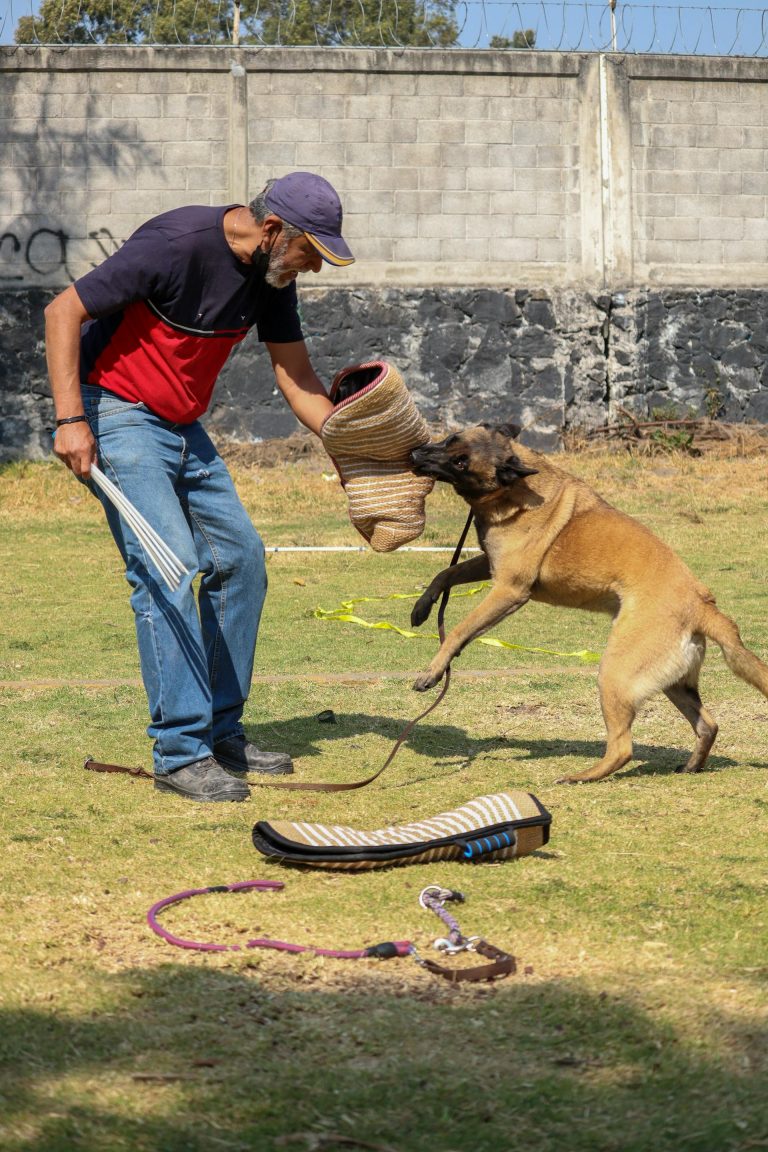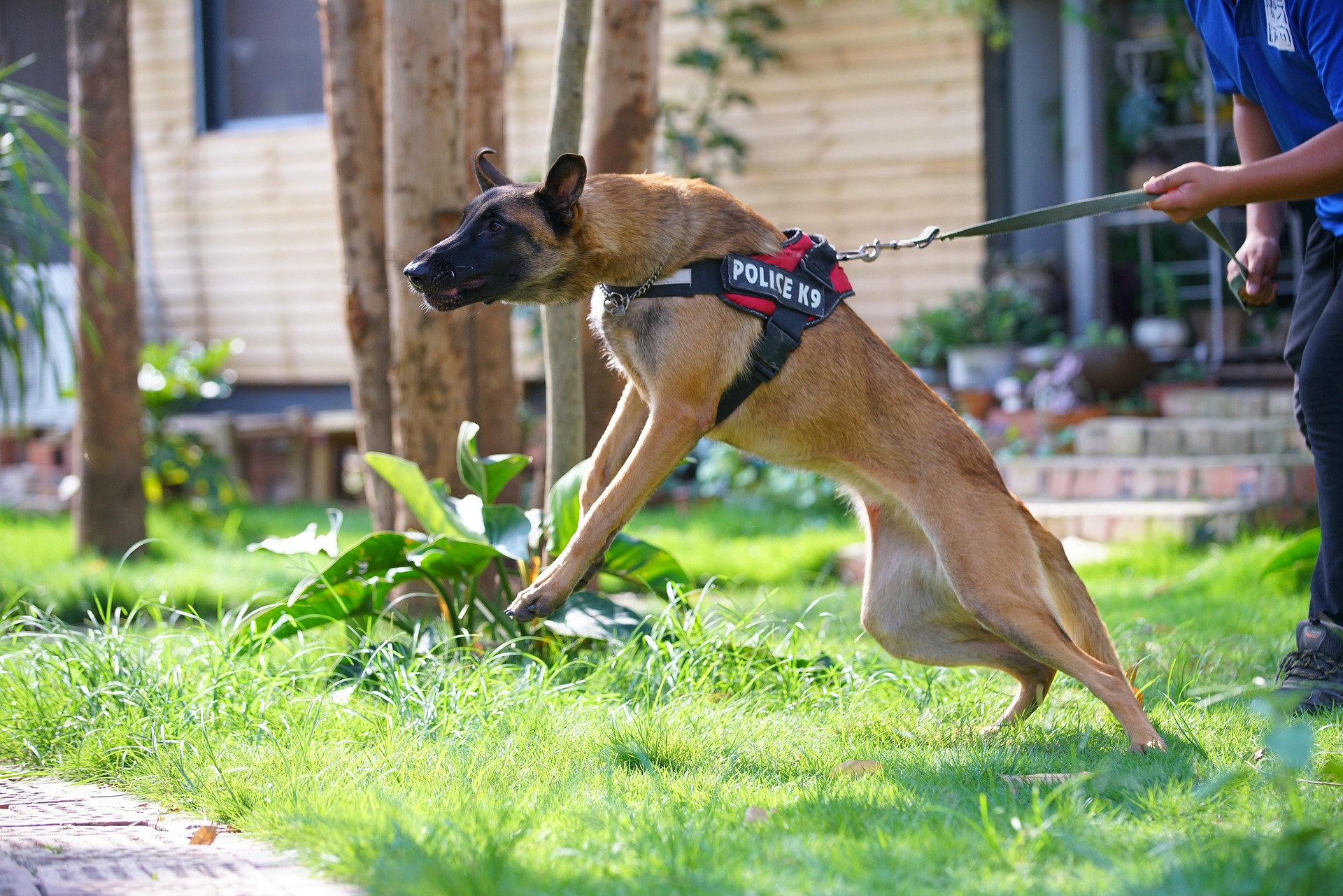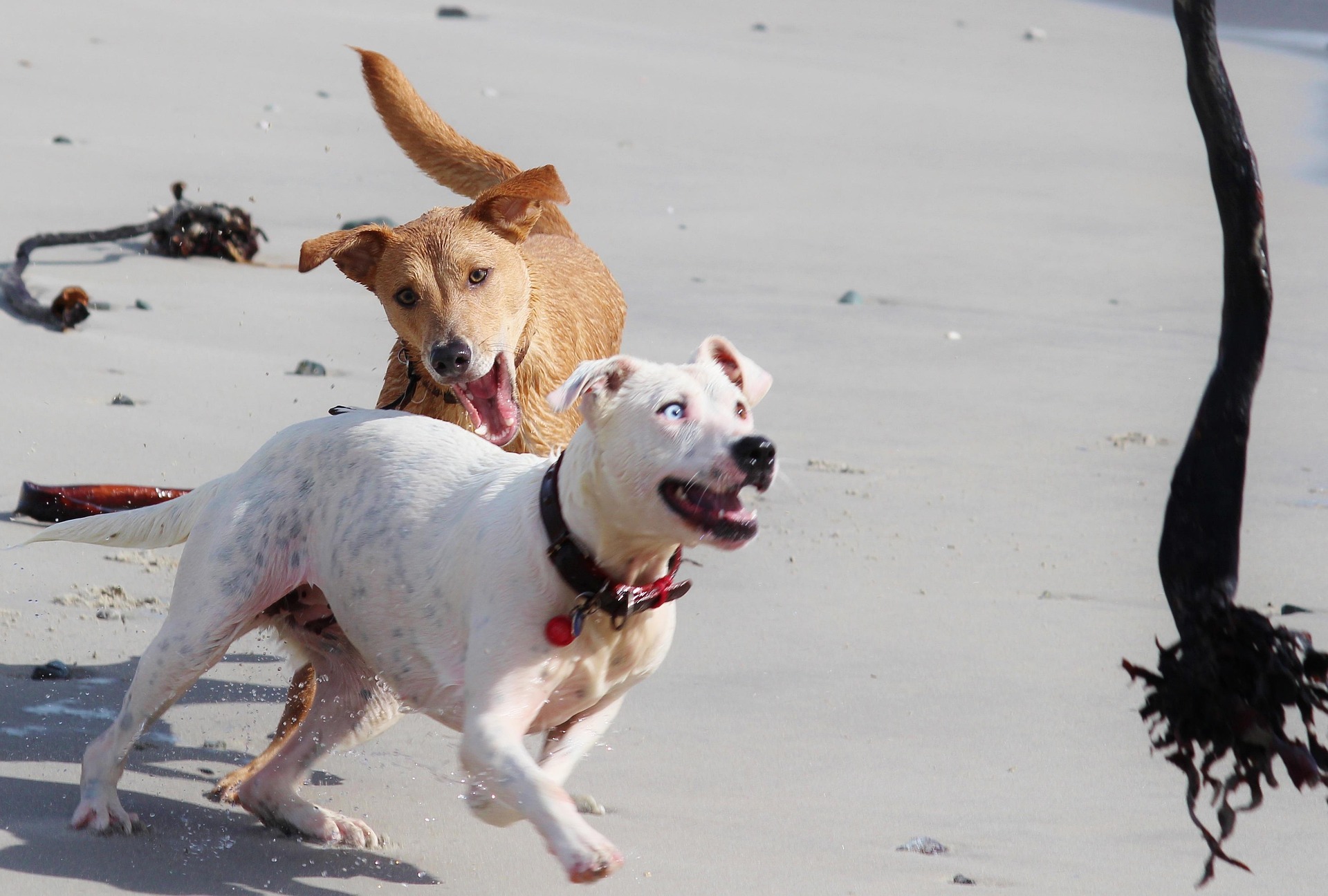Dogs are beloved members of millions of households, offering companionship, loyalty, and joy. Yet, beneath their friendly exteriors, even the gentlest dog can bite under certain circumstances. Dog bites can be traumatic, both physically and emotionally, and when the aggressor is a family pet, the experience can be even more devastating. Understanding the dangers of dog bites, recognizing the signs of aggression, and knowing how to manage a dog that bites is essential for promoting safety and preserving the human-canine bond.
It is easy to think a bite will never happen with your own dog until it does. Stories from those who have worked closely with a good lawyer for dog bites show just how quickly an ordinary moment can turn into a serious situation. In many cases, the victims were interacting with dogs they knew and trusted. These real-life accounts serve as a reminder that being informed and proactive is crucial, not just for your safety but for your dog’s well-being too.
The Reality of Dog Bites: Statistics You Should Know
According to the Centers for Disease Control and Prevention (CDC), approximately 4.5 million dog bites occur each year in the United States. Of these incidents, around 800,000 require medical attention, with children being the most common victims. Alarmingly, the American Veterinary Medical Association (AVMA) reports that over half of dog bite injuries happen at home with dogs that are familiar to the victim.
Financially, the impact is substantial. The Insurance Information Institute states that dog bite claims cost U.S. homeowners over $1 billion in 2022, with the average claim reaching $64,555. These figures highlight the seriousness of the issue and explain why understanding and preventing dog bites is so critical.
Why Dogs Bite: Unpacking the Causes
Dog bites rarely occur without warning. Fear, anxiety, and territorial instincts are some of the primary triggers. A fearful dog, when cornered or startled, may resort to aggression as a defensive mechanism. Similarly, a dog protecting its space, food, toys, or owners might bite if it perceives a threat.
Medical issues are another overlooked cause. Pain from conditions like arthritis or dental problems can make dogs irritable and quick to snap. If a typically gentle dog begins exhibiting aggressive behavior, a veterinary check-up should be the first step.
Additionally, breed tendencies can play a role, though it is important to recognize that behavior is heavily influenced by training, socialization, and individual temperament. Breeds historically bred for guarding or herding may have stronger territorial instincts, but any dog, regardless of breed, can bite under the right circumstances.
Recognizing Early Signs of Aggression
Something as simple as patting a dog on the head — an action many dogs actually dislike — can trigger a defensive reaction if the dog feels uncomfortable. Dogs communicate their discomfort through body language. Recognizing early signs can prevent bites:
- Growling or snapping
- Stiff body posture
- Baring teeth
- Raised hackles (hair standing on the back)
- Ears pinned back or tail tucked
Ignoring these signs often escalates the situation. Early intervention by giving the dog space or calming the environment can make all the difference.
What To Do If Your Dog Bites You
If you experience a dog bite:
- Stay Calm — Yelling or reacting aggressively can worsen the situation.
- Ensure Safety — Separate yourself and others from the dog safely.
- Attend to Wounds — Clean the bite thoroughly, apply antiseptic, and seek medical attention, especially for deep or puncture wounds.
- Identify Triggers — Reflect on what led to the incident. Was the dog guarding food? Startled while sleeping? Understanding the trigger is key.
- Consult Professionals — If your dog has bitten, it is essential to consult a veterinarian to rule out medical causes and a certified dog trainer or behaviorist for behavior modification.
In some cases, speaking with a lawyer specializing in dog bite cases might be advisable, particularly if the incident results in serious injuries, involves others, or creates complicated liability questions. Legal experts can help navigate insurance claims and protect both you and your pet’s best interests.
Managing and Preventing Aggression
Addressing dog aggression requires a blend of training, socialization, and consistency:
- Positive Reinforcement: Reward good behavior with treats, toys, or praise.
- Structured Environment: Set clear boundaries and maintain daily routines to reduce anxiety.
- Socialization: Expose your dog gradually and positively to different people, environments, and other pets.
- Avoid Punishment: Harsh discipline can increase fear and aggression.
- Professional Training: Enlist the help of a trainer experienced in behavior modification if aggression persists.
Early intervention is key. Teaching bite inhibition from puppyhood, supervising children and dogs together, and respecting your dog’s warning signs can all help prevent escalation.
Long-Term Strategies: Building Trust and Security
Building a trusting relationship with a dog prone to biting requires:
- Patience: Change does not happen overnight.
- Empathy: Understand that biting often stems from fear, not malice.
- Commitment: Consistent training and positive interactions are essential.
Dogs that bite can often be rehabilitated with the right approach. However, it is important to assess each situation realistically, sometimes making difficult decisions if a dog remains a danger despite interventions.
When Professional Help Is Critical
Not all aggression can or should be handled alone. A certified professional dog trainer (CPDT) or veterinary behaviorist can provide:
- Behavioral assessments
- Tailored training programs
- Desensitization and counter-conditioning exercises
- Guidance on when medical intervention (such as anti-anxiety medication) may be appropriate
In severe cases, professional guidance can be the difference between successful rehabilitation and tragedy.
Gearing Toward A Safer Future for You and Your Dog
Dog bites are serious, but they are often preventable with the right knowledge and proactive care. Understanding why dogs bite, recognizing warning signs, and seeking help when needed can keep both humans and pets safe. Whether you are preventing bites through socialization and training or navigating the aftermath of an incident with the help of a dog bite lawyer, education and early action are your best tools.
By approaching canine aggression with patience, empathy, and professional guidance, you can build a safer, happier bond with your dog and ensure that both you and your four-legged companion enjoy many healthy, bite-free years together.









